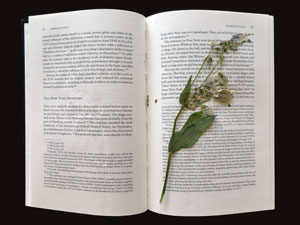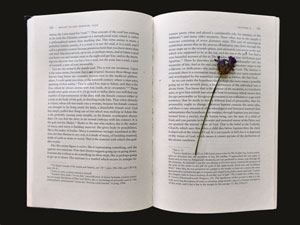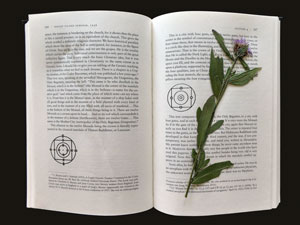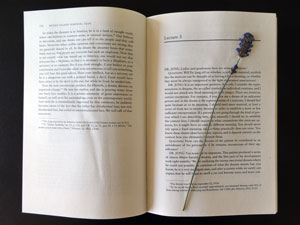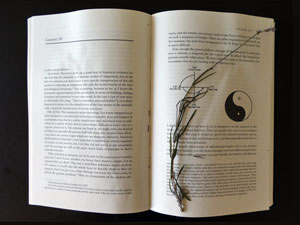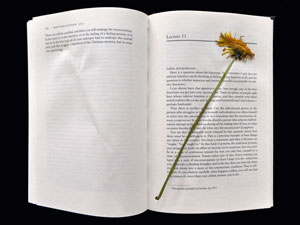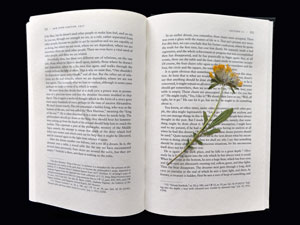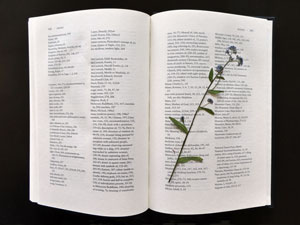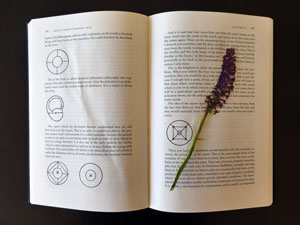Suzanne Treister
2022
Scientific Dreaming
Scientific Dreaming/Wild Flowers
Photographs of wild flowers from within the area of the Large Hadron Collider (LHC) at CERN, Geneva, and from the alpine meadows outside the CERN area, pressed inside pages of 'Dream Symbols of the Individuation Process: Notes of C. G. Jung's Seminars on Wolfgang Pauli's Dreams'
(pages 44-45)
(pages 100-101)
(pages 144-145)
(pages 166-167)
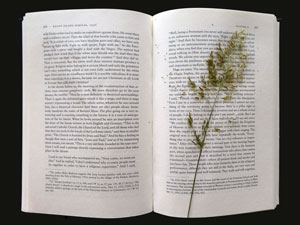


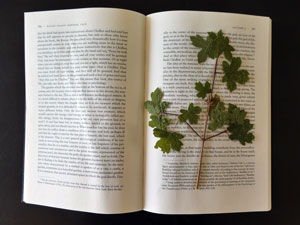
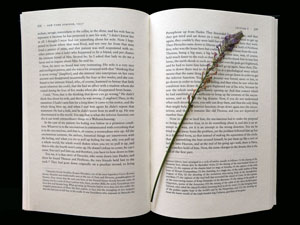
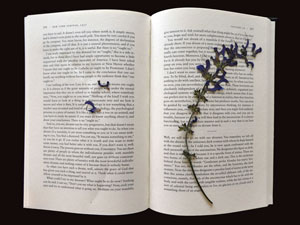
(pages 204-205)
Scientific Dreaming/Wild Flowers
(pages 232-233)
(pages 92-93)
(pages 186-187)
(pages 258-259)
(pages 294-295)
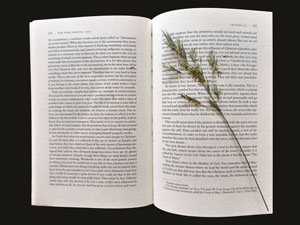

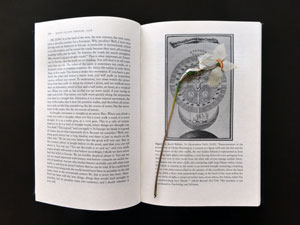
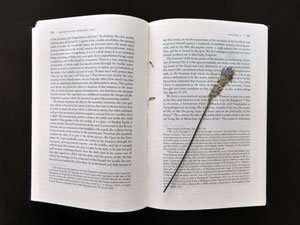
(pages 318-319)
(pages 80-81)
(pages 116-117)
(pages 288-289)
(pages 114-115)
(pages 188-189)
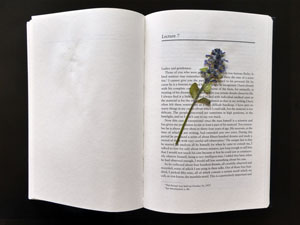
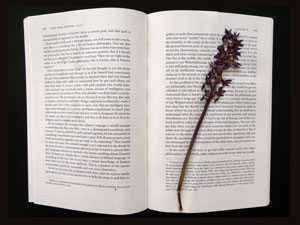
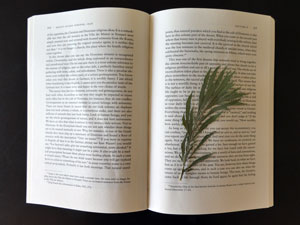
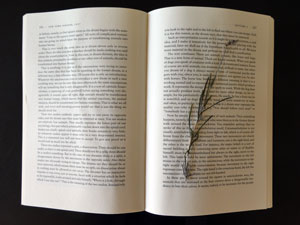

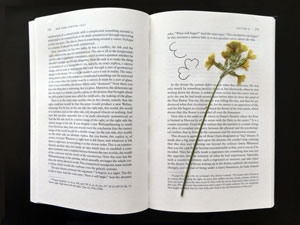
(pages 222-223)
(pages 248-249)

(pages 214-215)
(pages 226-227)

(pages 268-269)
(pages 278-279)
(pages 310-311)
(pages 322-323)
Scientific Dreaming/Wild Flowers
(pages 342-343)
(pages 196-197)
'Dream Symbols of the Individuation Process: Notes of C. G. Jung's Seminars on Wolfgang Pauli's Dreams. C. G. Jung. Published by Princeton University Press, USA: Nov 26, 2019
In 1936 and 1937, C. G. Jung delivered two legendary seminars on dream interpretation, the first on Bailey Island, Maine, the second in New York City. Dream Symbols of the Individuation Process makes these lectures widely available for the first time, offering a compelling look at Jung as he presents his ideas candidly and in English before a rapt American audience.
The dreams presented here are those of Nobel Prize–winning physicist Wolfgang Pauli, who turned to Jung for therapeutic help because of troubling personal events, emotional turmoil, and depression. Linking Pauli’s dreams to the healing wisdom found in many ages and cultures, Jung shows how the mandala—a universal archetype of wholeness—spontaneously emerges in the psyche of a modern man, and how this imagery reflects the healing process. He touches on a broad range of themes, including psychological types, mental illness, the individuation process, the principles of psychotherapeutic treatment, and the importance of the anima, shadow, and persona in masculine psychology. He also reflects on modern physics, the nature of reality, and the political currents of his time. Jung draws on examples from the Mithraic mysteries, Buddhism, Hinduism, Chinese philosophy, Kundalini yoga, and ancient Egyptian concepts of body and soul. He also discusses the symbolism of the Catholic Mass, the Trinity, and Gnostic ideas in the noncanonical Gospels.
https://press.princeton.edu/books/hardcover/9780691183619/dream-symbols-of-the-individuation-process
